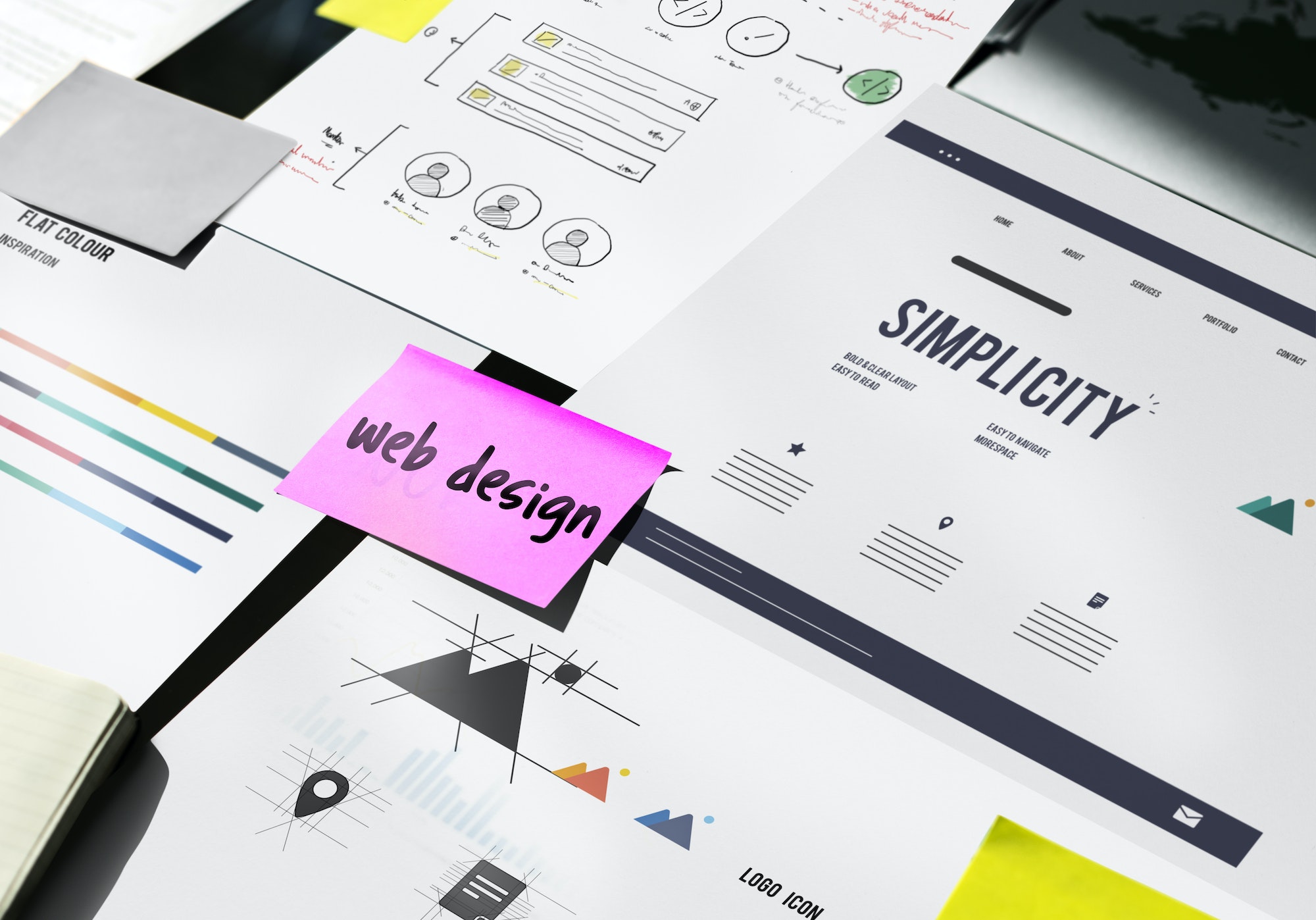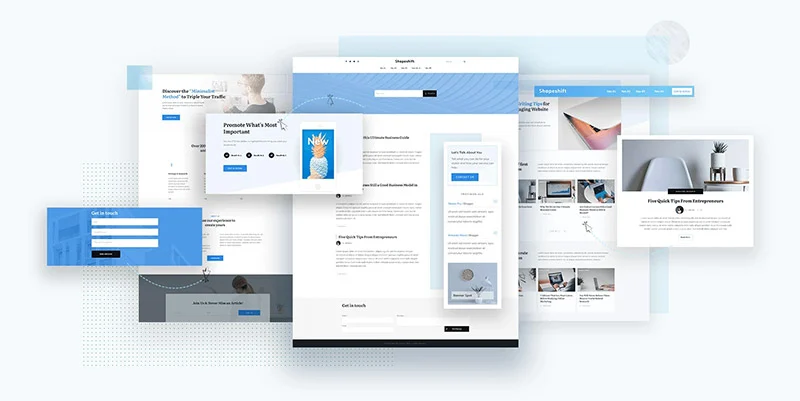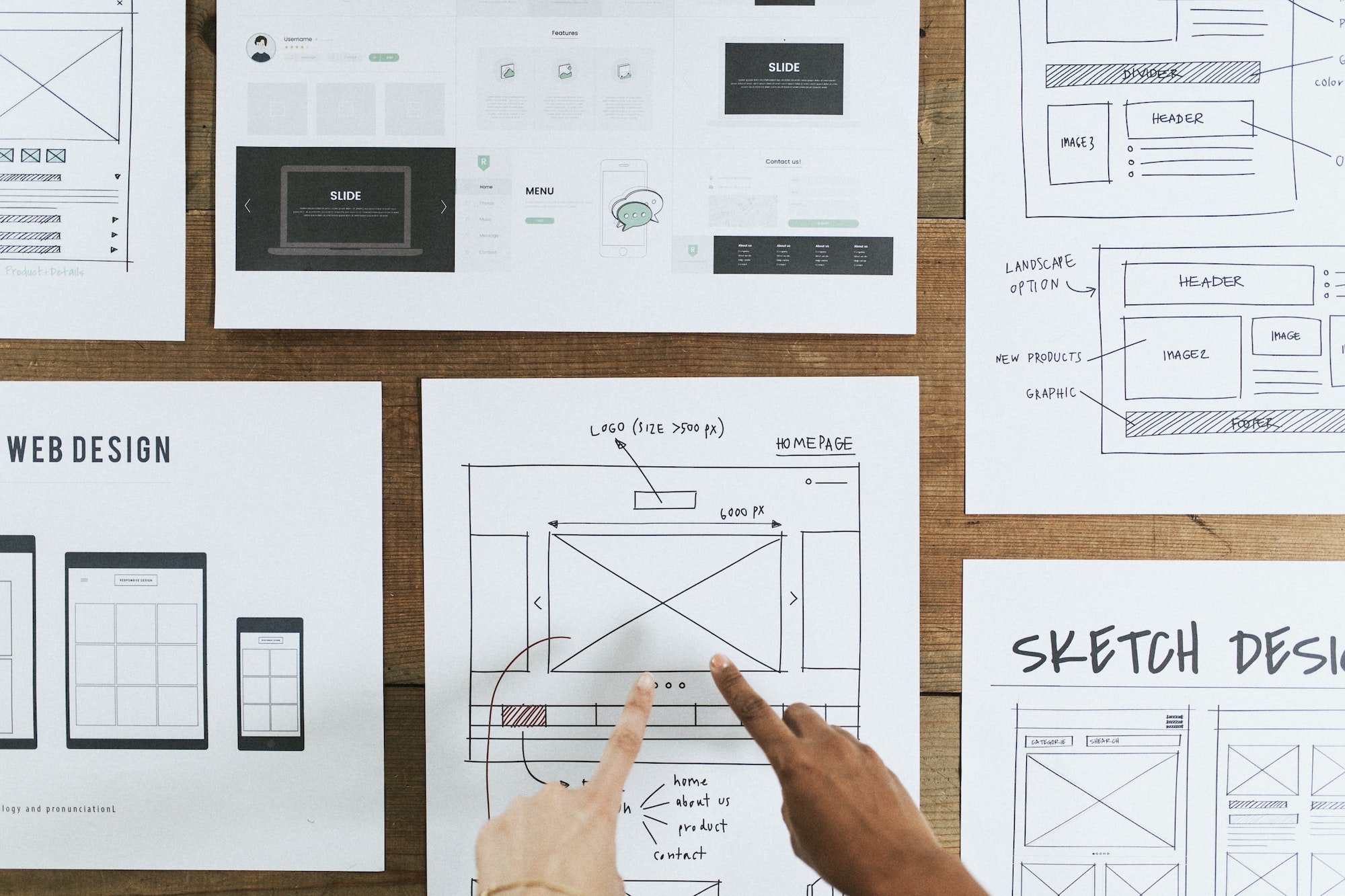Web Design and Development: A Comprehensive Guide
Web design and development have become increasingly important in today’s digital age, as more and more businesses are shifting online to reach their customers. With the rise of e-commerce and online services, a well-designed website can play a crucial role in the success of a business. In this article, we will delve into the world of web design and development and explore everything from the basics of website design to the latest trends and technologies.
What is Web Design?
Web design is the process of creating visually appealing and user-friendly websites. It involves the use of graphic design, layout, and typography to create an appealing and functional website. The goal of web design is to provide a seamless user experience, making it easy for visitors to navigate, find information, and complete desired actions.
Web designers work closely with web developers to bring their designs to life. They may use tools such as Adobe Photoshop, Sketch, and Illustrator to create mockups and prototypes of the website. In addition to visual design, web designers must also consider the user experience, including accessibility, usability, and navigation.
What is Web Development?
Web development is the process of building and maintaining websites. It involves using programming languages such as HTML, CSS, and JavaScript to create the underlying structure and functionality of a website.
Web developers work with the design created by web designers to turn it into a fully functioning website. They must ensure that the website is optimized for performance, speed, and search engines. They must also consider the technical aspects of a website, including security, scalability, and accessibility.
Web development is a constantly evolving field, as new technologies and trends emerge. Web developers must stay up-to-date with the latest developments in order to provide the best possible user experience.
Web Design Best Practices
- User-Centered Design: The most important aspect of web design is the user experience. Designers must create websites that are easy to use, visually appealing, and accessible to all users. This means considering factors such as navigation, readability, and the overall layout of the website.
- Mobile-Friendly: With the increasing use of mobile devices to access the internet, it is essential that websites are optimized for mobile. This includes using responsive design to ensure that the website looks great on any device, and using touch-friendly design elements to make it easy for users to navigate with their fingers.
- Clear and Simple Navigation: Navigation is key to a successful website. The menu should be easy to find and understand, with clear labels and a logical structure. Visitors should be able to find what they are looking for quickly and easily.
- High-Quality Content: The content on a website is just as important as its design. Content should be well-written, engaging, and informative. It should be easy to read and formatted in a way that makes it easy for visitors to find what they are looking for.
- Fast Loading Speed: The speed at which a website loads is critical to its success. Visitors will quickly leave a website that takes too long to load. Designers must ensure that the website is optimized for speed, including using fast-loading images and compressing files.
Web Development Best Practices
- Responsive Design: Responsive design is a technique used to ensure that a website looks great on any device, from desktops to mobile phones. It involves using flexible layouts, images, and CSS media queries to adjust the layout of the website based on the size of the screen.
- Accessibility: Web developers must ensure that websites are accessible to all users, including those with disabilities. This includes considering
- factors such as font size, color contrast, and alternative text for images. Web developers can use tools such as WAI-ARIA and HTML5 to make websites more accessible.
- Search Engine Optimization (SEO): SEO is the process of optimizing a website to rank higher in search engine results pages (SERPs). Web developers must ensure that the website is properly optimized for search engines, including using relevant keywords, meta descriptions, and title tags. They must also ensure that the website is fast-loading and accessible to search engines.
- Cross-Browser Compatibility: Web developers must ensure that the website looks and functions properly in all major browsers, including Chrome, Firefox, Safari, and Internet Explorer. This may involve testing the website in multiple browsers and making necessary changes to ensure consistent performance.
- Security: Website security is a critical concern for web developers. They must ensure that the website is secure against threats such as hacking and data breaches. This may involve implementing measures such as SSL encryption, secure passwords, and regular backups.
Latest Trends and Technologies in Web Design and Development
- Artificial Intelligence (AI): AI is becoming increasingly popular in web design and development. AI-powered tools can automate tasks such as website testing, optimization, and design. For example, AI can be used to generate website layouts and suggest design elements based on user behavior.
- Chatbots: Chatbots are becoming a popular tool for providing customer service and support on websites. They can be used to answer questions, provide information, and guide users through the website.
- Progressive Web Apps (PWA): PWAs are a type of website that provides a native app-like experience in a web browser. They can be installed on the home screen of a user’s device and work offline, providing a seamless user experience.
- Virtual and Augmented Reality (VR/AR): VR and AR are becoming increasingly popular in web design and development. They can be used to create immersive and interactive experiences for users. For example, a furniture store could use VR to allow customers to experience furniture in their homes before making a purchase.
- Motion Design: Motion design is becoming an increasingly popular trend in web design. It involves using animations, transitions, and other dynamic elements to create a more engaging and interactive user experience.
Conclusion
Web design and development are complex and constantly evolving fields. From the basics of design and development to the latest trends and technologies, there is a lot to consider when building a successful website. By focusing on user-centered design, mobile-friendliness, and security, web designers and developers can ensure that their websites are successful and meet the needs of their users. With the right skills and knowledge, anyone can create a beautiful, functional, and user-friendly website that is optimized for the digital age.

















